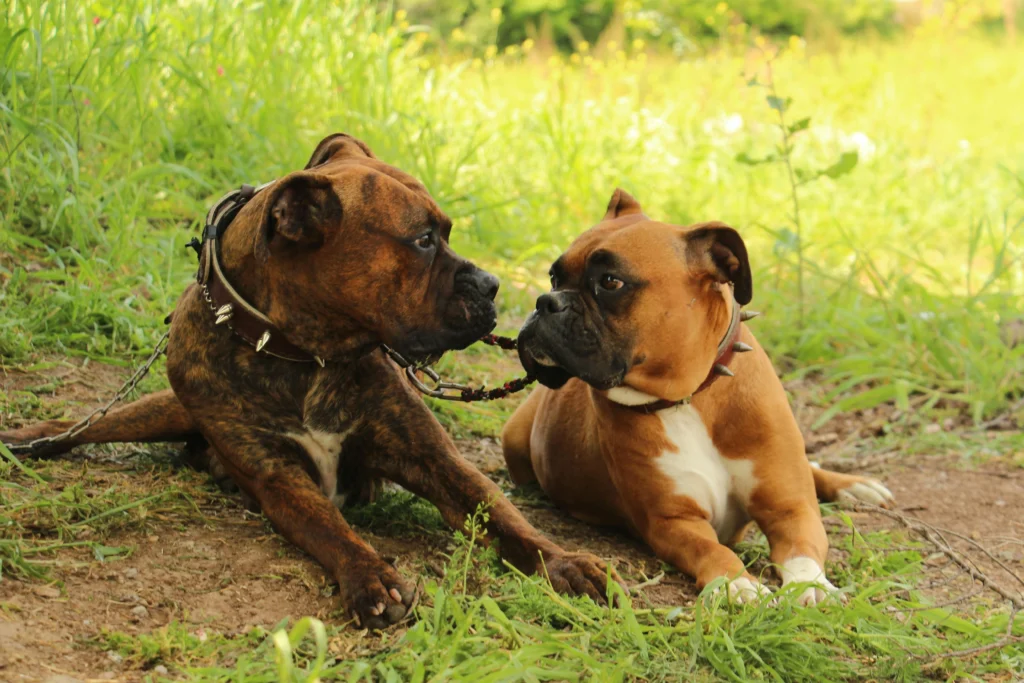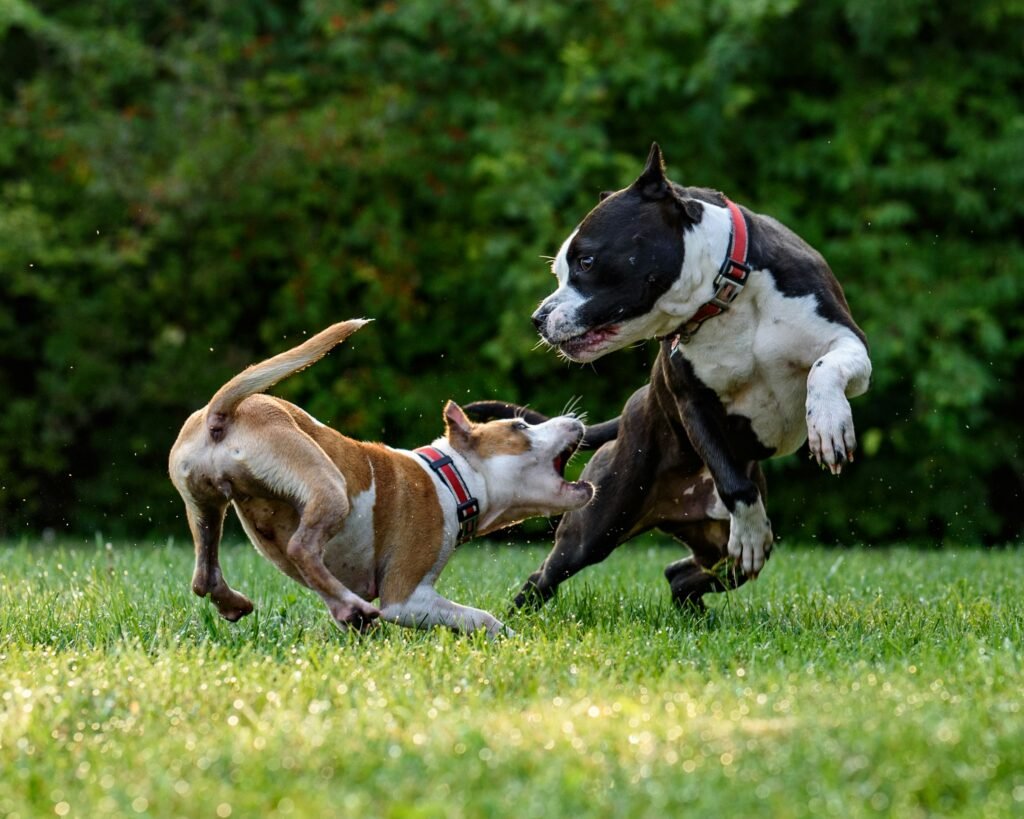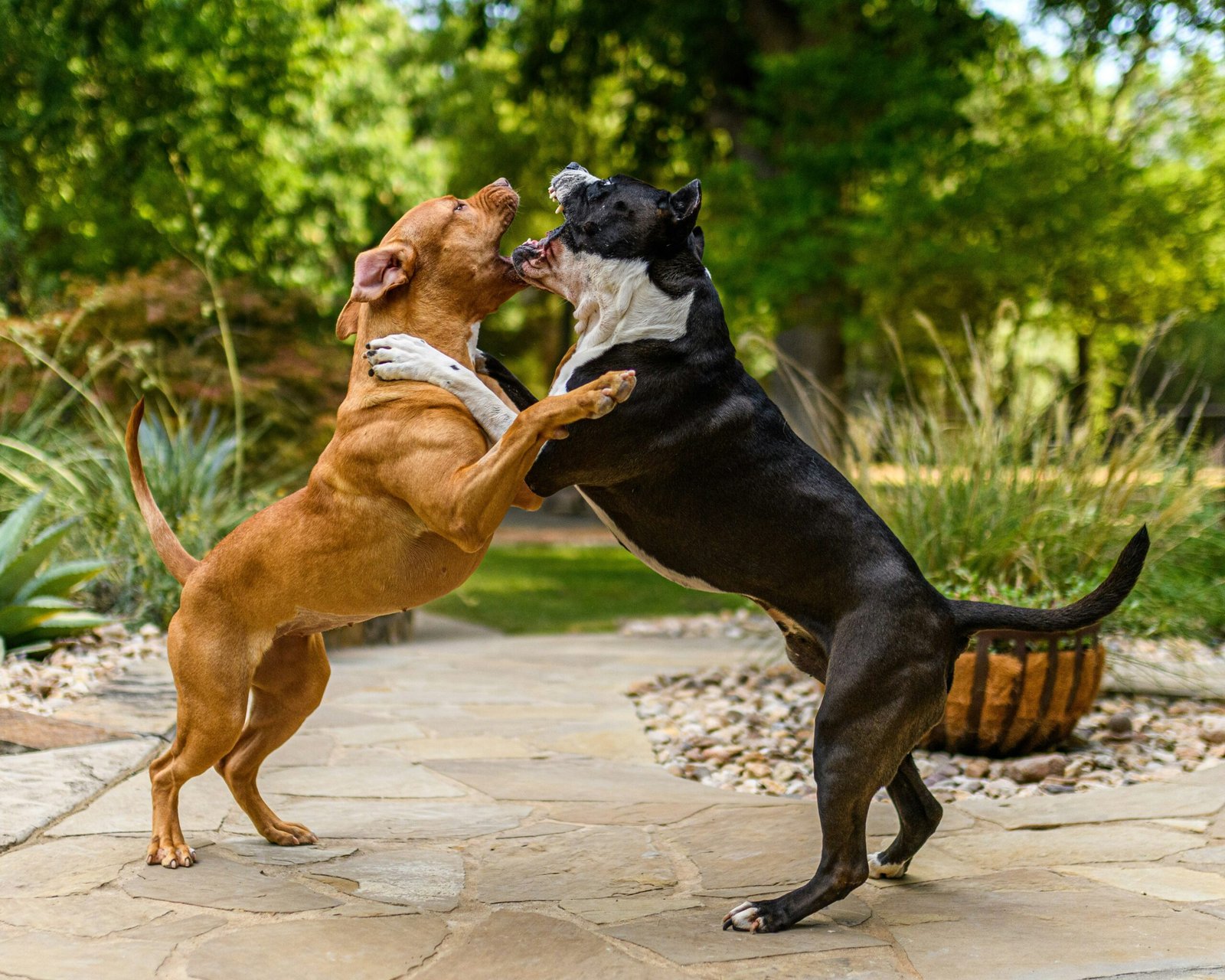Most Vicious Dogs on Earth: Myths and Facts
Table of Contents
Some dog breeds are seen as aggressive, causing a lot of debate. But, the truth about their nature is often hidden in myths.
Many people fear running into a dangerous dog. Yet, it’s important to know the difference between fact and fiction about the most vicious dogs on earth. Any dog can become aggressive, no matter the breed.
To clear up myths, we need to understand what makes dogs aggressive. By looking at the facts, we can better understand these animals. This helps us have a more informed view of their nature.
Understanding Canine Aggression: Nature vs. Nurture
Canine aggression is a complex issue. It’s shaped by genetics, environment, and upbringing. It’s not just one thing, but a mix of biological, environmental, and social factors.
Biological Factors in Dog Aggression
Genetics and breed characteristics are key in dog aggression. Some breeds are more aggressive due to their history and genes. For example, guard dogs and fighting breeds tend to be more aggressive.
Environmental Influences on Aggressive Behavior
Environment also plays a big role. A dog’s living conditions and exposure to violence can lead to aggression. Dogs that face violence or abuse often become aggressive.
The Role of Training and Socialization
Training and socialization are vital. They help shape a dog’s behavior and reduce aggression. Early socialization and proper training can prevent aggression. It also helps catch and fix behavioral issues early.
| Factors Influencing Canine Aggression | Description | Impact on Aggression |
|---|---|---|
| Genetics | Genetic predisposition to aggression | High |
| Environment | Exposure to violence or abuse | High |
| Training and Socialization | Proper training and socialization | Low to Moderate |
The Most Vicious Dogs on Earth: Separating Reputation from Reality
It’s important to know the truth about the most vicious dogs. The public often sees some breeds as aggressive because of media and history. This can shape how we view these dogs.
Media Portrayal and Public Perception
The media plays a big role in how we see dog breeds. News and movies often show some breeds as mean or dangerous. This makes us think they are potentially dangerous.
Commonly Labeled “Dangerous” Breeds
Some dog breeds get a bad name because of their past or looks. These include:
Pit Bull Terriers
Pit Bull Terriers are often blamed for dog fights. But, with the right training, they can be friendly.
Rottweilers
Rottweilers are big and strong. But, they are also loving and loyal to their families.
German Shepherds
German Shepherds are smart and can do many things. They might seem tough, but they are often used in police work.
Doberman Pinschers
Doberman Pinschers are loyal and fast. They were made to guard, but with the right care, they can be sweet.
Scientific Evidence on Breed-Specific Aggression
Studies show that a dog’s breed doesn’t always mean it will be aggressive. Things like environmental influences, training, and how they are raised matter more. Any dog can become mean if it’s not treated right.
Dog Attack Statistics: What the Data Actually Shows
Statistics on dog attacks show a complex picture. Many factors, not just the dog’s breed, play a role. Media often focuses on the breed, but the data tells a more detailed story.
Recent Incidents and Trends in the United States
In recent years, the U.S. has seen a steady number of dog attacks. Some breeds, like pit bulls and Rottweilers, are more often involved in fatal attacks. But, it’s important to look at the bigger picture of dog ownership and demographics.

Contextualizing Bite Statistics
Dog bite statistics can be tricky to understand. The popularity of a breed can affect the number of reported bites. A popular breed is more likely to be involved in bites just because there are more of them. So, it’s key to look at the total number of each breed when looking at bite stats.
Risk Factors Beyond Breed
Many factors beyond breed can lead to dog attacks. These include:
- Owner behavior and training practices
- Individual dog history and temperament
- Environmental factors such as socialization and living conditions
Owner Behavior and Training
How owners behave and train their dogs is crucial. Bad ownership, lack of training, and poor socialization can make dogs aggressive, no matter the breed.
Individual Dog History
A dog’s past, including its breeding and socialization, affects its aggression. Knowing a dog’s history is key to understanding its risk.
Looking at dog attack statistics from different angles helps us understand aggression better. This way, we can create better strategies to prevent attacks and keep communities safe.
Recognizing and Preventing Aggressive Behavior
Knowing the signs of aggression in dogs can help avoid bites. Owners and those around them need to watch for signs of aggression.

Warning Signs of Potential Aggression
Dogs show warning signs before they get aggressive. These include growling, showing teeth, stiffening, and direct stare. Spotting these signs early can stop things from getting worse.
Proper Socialization Techniques
Proper socialization is crucial to stop aggression. Dogs need to meet different people and animals early on. This makes them confident and calm in new places.
When to Seek Professional Help
If a dog acts aggressively, getting help is key. A professional dog trainer or behaviorist can find the cause and help fix it.
Conclusion: Responsible Ownership and Community Safety
It’s important to understand what makes dogs aggressive for our safety. Saying some dogs are the “most vicious” is too simple. It doesn’t show the real reasons behind their behavior.
Being a responsible dog owner is key to avoiding dog attacks. Knowing how biology, environment, and training affect dogs helps. Owners can then teach their dogs to be friendly and calm.
For a safer community, we need to teach people about dogs and how to care for them. Together, we can live better with dogs, no matter their breed or size.
FAQ
What are the most vicious dogs on earth?
Some breeds like Pit Bull Terriers and Rottweilers are often seen as aggressive. But, any dog can become aggressive. This depends on genetics, environment, and how they’re raised.
Are certain dog breeds naturally more aggressive than others?
Some breeds might be more likely to be aggressive because of their history or genetics. But, it’s not just the breed that matters. Training, socialization, and environment also shape a dog’s behavior.
How can I prevent my dog from becoming aggressive?
To prevent aggression, socialize and train your dog well. A loving environment is key. Watch for signs like growling and seek help if you see unusual behavior.
What are some common misconceptions about aggressive dog breeds?
Many think certain breeds are always vicious. But, a dog’s behavior comes from genetics, environment, and social factors. Media and public views can also shape these misconceptions.
How can I recognize warning signs of potential aggression in my dog?
Look out for growling, snapping, raised hackles, or avoiding eye contact. If you see these signs, get help from a dog trainer or behaviorist right away.
Are dog attack statistics a reliable indicator of a breed’s aggression?
Dog attack stats can give clues, but be careful. Underreporting, media bias, and the complexity of dog bites can skew the data. Look at different sources and understand the context to get a clear picture.
Can training and socialization really make a difference in a dog’s behavior?
Yes, training and socialization are crucial. Positive reinforcement, early socialization, and consistent behavior from the owner can greatly improve a dog’s temperament. This can help prevent aggression.

